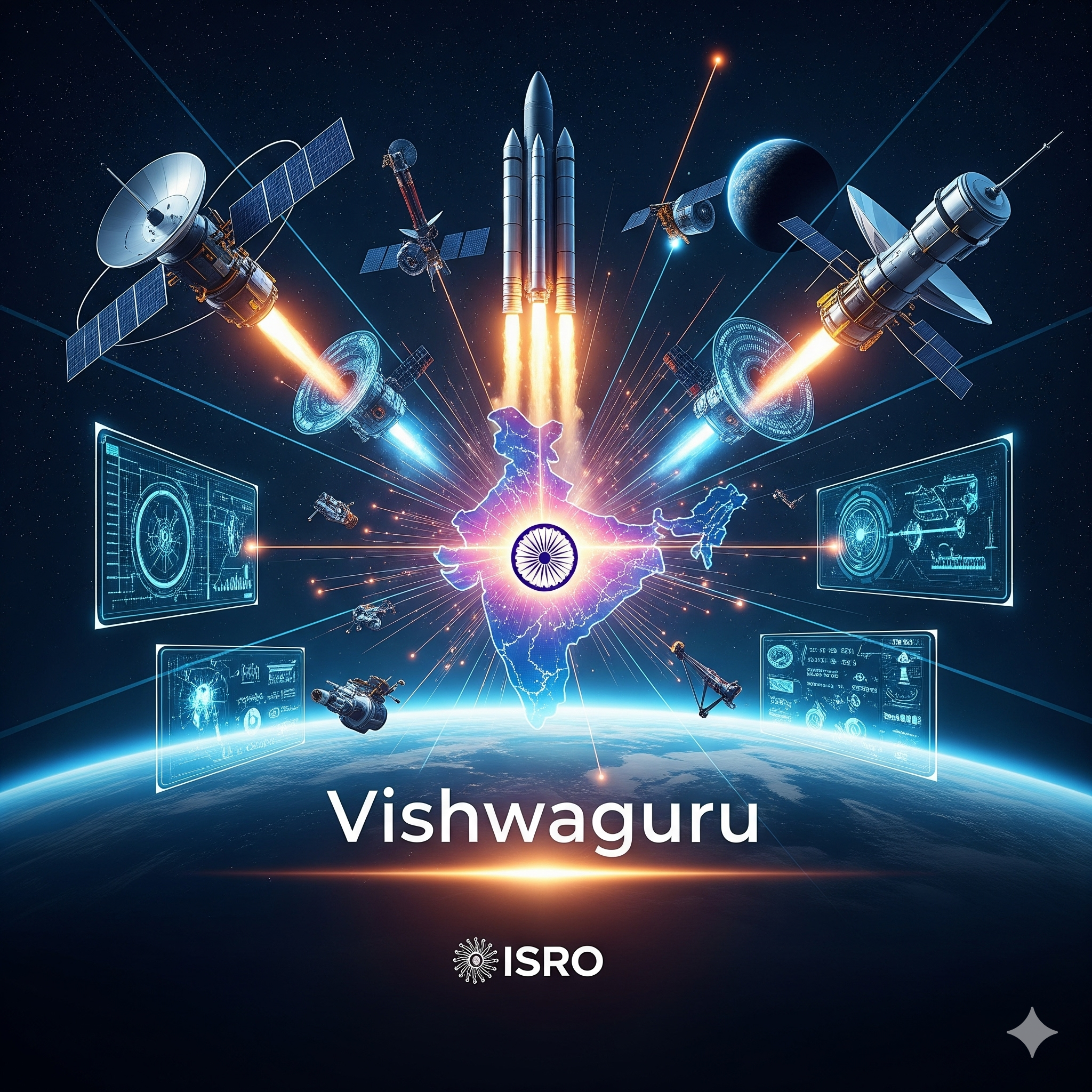Introduction
Blockchain technology is widely recognized for its role in powering cryptocurrencies like Bitcoin and Ethereum. However, its potential extends far beyond digital currencies. As a decentralized, transparent, and secure ledger system, blockchain is revolutionizing various industries, including e-governance, supply chain management, healthcare, finance, and intellectual property protection. This article explores the applications of blockchain technology beyond cryptocurrency, highlighting its advantages, challenges, and future potential.
Understanding Blockchain Technology
Blockchain is a distributed ledger technology (DLT) that records transactions securely and transparently. Each block in the chain contains transaction data, a timestamp, and a cryptographic hash of the previous block, ensuring immutability and security. Unlike traditional centralized databases, blockchain operates on a peer-to-peer network, eliminating intermediaries and enhancing efficiency.
Key Features of Blockchain
- Decentralization: No single entity controls the data; it is distributed across multiple nodes.
- Transparency: Transactions are visible to all participants in the network.
- Immutability: Once recorded, data cannot be altered, ensuring security and trust.
- Smart Contracts: Self-executing contracts automate transactions based on predefined rules.
Applications of Blockchain Beyond Cryptocurrency
1. E-Governance and Public Services
Governments worldwide are adopting blockchain to enhance transparency, reduce corruption, and improve service delivery.
Use Cases in E-Governance
- Digital Identity Management: Blockchain-based identity systems allow citizens to have a tamper-proof digital ID, reducing identity fraud and streamlining access to services.
- Voting Systems: Secure and transparent blockchain voting systems can eliminate election fraud and enhance trust in democratic processes.
- Land Registry and Property Records: Governments can use blockchain to store immutable land records, reducing disputes and increasing efficiency in property transactions.
- Public Procurement: Blockchain ensures fair and transparent bidding processes, minimizing corruption in government contracts.
Example:
- Estonia’s e-Residency Program uses blockchain for digital identity verification, allowing global citizens to access Estonia’s digital services securely.
2. Supply Chain Management
Blockchain enhances supply chain transparency, reduces fraud, and improves efficiency in tracking goods from origin to destination.
Use Cases in Supply Chain
- Product Authenticity: Blockchain can verify the authenticity of goods (e.g., pharmaceuticals, luxury items, and electronics) to prevent counterfeiting.
- Food Safety: By tracking food products from farm to table, blockchain ensures quality control and food safety, reducing contamination risks.
- Logistics and Inventory Management: Real-time tracking of shipments helps optimize supply chain operations and reduce inefficiencies.
- Sustainability and Ethical Sourcing: Blockchain enables companies to verify ethical sourcing of raw materials, ensuring compliance with environmental and labor regulations.
Example:
- IBM’s Food Trust Blockchain enables major retailers like Walmart to trace the origin of food products within seconds, enhancing food safety.
3. Healthcare and Medical Records
Blockchain technology improves data security, interoperability, and patient privacy in the healthcare sector.
Use Cases in Healthcare
- Electronic Health Records (EHRs): Blockchain-based EHRs provide secure, tamper-proof storage and sharing of medical records among healthcare providers.
- Drug Traceability: Ensures transparency in the pharmaceutical supply chain, preventing counterfeit drugs from entering the market.
- Clinical Trials and Research: Immutable blockchain records ensure the integrity of clinical trial data, reducing fraud and increasing reliability.
- Medical Insurance and Billing: Blockchain streamlines claims processing and reduces fraud in medical billing systems.
Example:
- MediBloc, a blockchain-based healthcare platform, allows patients to securely manage and share their medical records with healthcare providers.
4. Intellectual Property and Copyright Protection
Blockchain ensures proof of ownership and prevents unauthorized use of digital content.
Use Cases in Intellectual Property
- Digital Rights Management (DRM): Protects copyrights for musicians, artists, and content creators by recording ownership rights on an immutable ledger.
- Patent and Trademark Protection: Ensures tamper-proof records of patents and trademarks, reducing disputes and infringements.
- Tokenization of Art and Digital Assets: Artists can tokenize their work as NFTs (Non-Fungible Tokens) to prove authenticity and ownership.
Example:
- OpenSea and Rarible are blockchain-powered NFT marketplaces that allow creators to tokenize and trade digital assets securely.
5. Financial Services and Cross-Border Payments
Blockchain is transforming the financial sector by enabling faster, cheaper, and more secure transactions beyond cryptocurrencies.
Use Cases in Finance
- Cross-Border Payments: Blockchain eliminates intermediaries in international transactions, reducing fees and processing times.
- Decentralized Finance (DeFi): Offers lending, borrowing, and trading services without the need for banks.
- Fraud Prevention: Blockchain enhances security by preventing unauthorized alterations in financial transactions.
- Smart Contracts for Insurance: Automates insurance claim processing, reducing paperwork and fraud.
Example:
- Ripple’s XRP Ledger enables fast, low-cost cross-border payments for financial institutions worldwide.
6. Real Estate and Smart Contracts
Blockchain simplifies property transactions by reducing paperwork, fraud, and inefficiencies in real estate.
Use Cases in Real Estate
- Tokenization of Real Estate: Allows fractional ownership of properties, making real estate investments more accessible.
- Smart Contracts for Property Sales: Automates transactions, ensuring secure and transparent property transfers.
- Land Title Management: Reduces disputes by providing immutable digital records of property ownership.
Example:
- Propy is a blockchain-based real estate platform that facilitates transparent and automated property transactions worldwide.
Challenges and Limitations of Blockchain Applications
While blockchain offers numerous advantages, several challenges must be addressed for widespread adoption.
1. Scalability Issues
- Current blockchain networks, like Bitcoin and Ethereum, struggle with transaction speed and scalability.
2. High Energy Consumption
- Some blockchain systems, especially those using Proof-of-Work (PoW), consume excessive energy.
3. Regulatory and Legal Challenges
- Unclear regulations hinder the adoption of blockchain in certain sectors, such as finance and healthcare.
4. Integration with Existing Systems
- Businesses face difficulties in integrating blockchain with legacy systems due to technical complexities.
Future of Blockchain Beyond Cryptocurrency
The future of blockchain is promising, with ongoing developments focusing on improving scalability, energy efficiency, and regulatory frameworks.
Emerging Trends
- Blockchain-as-a-Service (BaaS): Cloud providers like Microsoft and Amazon offer blockchain solutions for businesses.
- Hybrid Blockchain Models: Combining public and private blockchain features for enhanced security and flexibility.
- Interoperability Solutions: Bridging different blockchain networks to improve data sharing across platforms.
- Green Blockchain Initiatives: Moving towards energy-efficient consensus mechanisms like Proof-of-Stake (PoS).
Conclusion
Blockchain technology is transforming industries beyond cryptocurrency, bringing efficiency, security, and transparency to sectors like e-governance, supply chain, healthcare, finance, and real estate. Despite challenges, ongoing innovations and regulatory advancements are paving the way for broader adoption. As organizations recognize the benefits of blockchain, its applications will continue to expand, reshaping global industries for the digital future.




